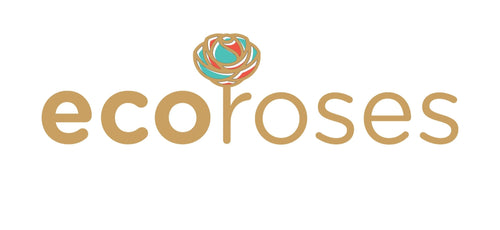Wine pairing has always been an art form-balancing flavors, textures, and aromas to create harmony at the table. But in recent years, chefs and sommeliers have expanded the possibilities by introducing a new element to the pairing game: edible flowers.
These blossoms don’t just look beautiful on a plate-they add subtle flavors, delicate fragrances, and even symbolic meaning to a meal. When paired thoughtfully with wines, edible flowers can elevate dining from delicious to unforgettable.
In this article, we’ll explore the fascinating world of pairing wine with edible flowers, from traditional combinations to innovative modern approaches. And if you want to experience floral beauty beyond the plate, explore premium flower designs that inspire creativity and bring elegance into everyday life.
🌼 Why Pair Wine with Flowers?
Edible flowers are more than decoration-they offer unique qualities that complement wine:
-
Flavor notes: Peppery nasturtiums, sweet violets, and citrusy marigolds can enhance the complexity of a wine.
-
Aroma layering: Flowers add scents that echo or contrast with a wine’s bouquet.
-
Visual impact: Bright blossoms make pairings visually stunning.
-
Cultural symbolism: Flowers can tell a story, just like wine appellations do.
The result is a multisensory dining experience that delights the palate, nose, and eyes all at once.
🌸 Classic Edible Flowers and Their Wine Pairings
🌹 Roses with Rosé or Champagne
-
Why it works: Rose petals, often used in desserts or syrups, carry delicate floral sweetness. Paired with rosé or Champagne, the soft, romantic flavors intertwine beautifully.
-
Perfect dish: Rosewater panna cotta with a sparkling rosé.
🌼 Lavender with Sauvignon Blanc
-
Why it works: Lavender has a strong, aromatic profile. Its herbal and floral character pairs well with the crisp acidity of Sauvignon Blanc.
-
Perfect dish: Lavender shortbread paired with a Loire Valley Sauvignon Blanc.
🌸 Hibiscus with Riesling
-
Why it works: Hibiscus is tart and fruity, making it an ideal partner for the sweetness and acidity of Riesling.
-
Perfect dish: Hibiscus syrup poured over panna cotta served with a late-harvest Riesling.
🌼 Nasturtiums with Pinot Noir
-
Why it works: Nasturtiums are peppery, bold, and slightly spicy. Their punchy notes complement the earthiness of Pinot Noir.
-
Perfect dish: Goat cheese salad with nasturtiums paired with a Burgundy Pinot Noir.
🌸 Violets with Moscato d’Asti
-
Why it works: Violets are sweet and delicate, often candied in fine dining. Paired with a light, sparkling Moscato, they highlight sweetness without overwhelming.
-
Perfect dish: Candied violets with a glass of Moscato.
🌼 Marigolds with Chardonnay
-
Why it works: Marigolds bring citrusy, zesty notes, which brighten up the buttery, oaky qualities of Chardonnay.
-
Perfect dish: Seared scallops with marigold petals and a California Chardonnay.
🌺 Innovative Pairings in Modern Fine Dining
Michelin-starred chefs and sommeliers experiment with daring pairings:
-
Orchids with Viognier: Orchids’ subtle floral character pairs with Viognier’s aromatic intensity.
-
Chrysanthemums with Sake: In Asian dining, chrysanthemums bring herbaceous, earthy qualities that work beautifully with dry sake.
-
Dandelions with IPA beers: Some gastropubs pair bitter dandelion greens and flowers with craft IPAs, creating a botanical balance.
🌼 Tips for Pairing Wine and Flowers at Home
-
Start simple: Use familiar flowers like roses, lavender, or pansies.
-
Match intensity: Pair delicate flowers with lighter wines and bold flowers with richer wines.
-
Experiment with colors: Often, similar hues in wine and flowers complement each other.
-
Always use edible, organic flowers: Avoid pesticides and ensure flowers are safe for consumption.
-
Think seasonally: Pair summer flowers with crisp wines, and autumn blossoms with richer reds.
🌸 The Future of Wine and Floral Pairing
As edible flowers gain popularity in gastronomy, we can expect:
-
Floral-infused wines → Rieslings or rosés aged with blossoms.
-
Floral tasting menus → Pairing wines with dishes that highlight one specific flower.
-
Wellness integration → Flowers known for relaxation (lavender, chamomile) paired with calming wines.
🌺 Final Thoughts
Pairing wine with edible flowers is where tradition meets innovation. Roses with rosé, lavender with Sauvignon Blanc, nasturtiums with Pinot Noir-the possibilities are endless. Each pairing not only enhances taste but also creates a story, transforming dining into art.
And while you may not always have edible flowers on hand, you can bring beauty and inspiration into your life with elegant flower designs that capture the same harmony of nature and artistry.


